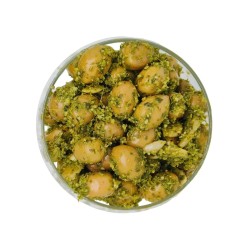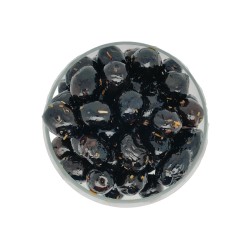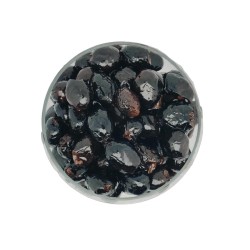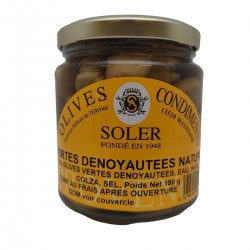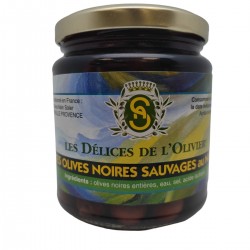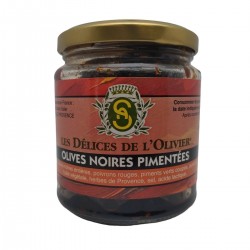
Difference between jarred olives and vacuum-packed olives?
1. Olives in Jar: Immersion in Tradition
1.1 Jarred Olives Packaging Process
1.1.1 Brine and Preservation
Olives in jars are submerged in a brine solution, a saline solution.
This traditional preservation method aims to prevent the development of undesirable microorganisms, thus extending the lifespan of the olives.
The brine acts as a natural preservative, imparting a distinct flavor to the olives while preserving them.
1.1.2 Impact on Taste and Texture
Brine is not only a preservative; it also influences the taste and texture of olives.
Olives in jars tend to absorb the flavors of the brine, giving them a characteristic salty note.
Additionally, the brine can contribute to a softer texture, adding a particular dimension to the tasting experience.
1.2 Shelf Life
1.2.1 Benefits of Jar Preservation
Jar preservation method offers an extended shelf life thanks to the brine, allowing olives to stay fresh for a longer period compared to other methods.
This makes it an ideal choice for those who prefer to have olives available over a longer period.
1.2.2 Possible Limitations
However, while brine is an excellent preservative, it can also affect the taste of olives by introducing additional flavors.
Some people may prefer olives with a purer flavor, leading them to explore other packaging methods like vacuum sealing.
2. Vacuum-Sealed Olives: Modernity Serving Freshness
2.1 Vacuum Sealing Process
2.1.1 Oxygen Elimination
Vacuum-sealed olives are packed in an oxygen-free environment.
This process eliminates oxygen that can cause oxidation and alter the quality of olives.
By hermetically sealing the olives, vacuum sealing maintains freshness and preserves their original characteristics.
2.1.2 Freshness Maintenance
Vacuum sealing offers a particular advantage in terms of freshness maintenance.
By eliminating oxygen, this method slows down the aging process of olives, thus preserving their crunchy texture and authentic flavor.
It's a modern approach catering to those seeking a fresh and preserved olive experience.
2.2 Shelf Life with Vacuum Sealing
2.2.1 Benefits of Vacuum Sealing Preservation
Vacuum sealing offers excellent shelf life by preserving the freshness of olives.
In the absence of oxygen, the aging process is significantly slowed down, allowing olive enthusiasts to enjoy their original flavor over an extended period.
2.2.2 Important Considerations
Despite its advantages, vacuum sealing may require delicate handling.
It's essential to consider factors such as packaging integrity when choosing this method to ensure optimal preservation.
3. Choosing Between the Two: Tips for Optimal Olive Experience
3.1 Olive Varieties Suited for Each Method
3.1.1 Ideal Olives for Jar Packaging
Some olive varieties are better suited for jar packaging.
Olive varieties like Picholines retain their flavor and texture well in brine, offering a unique tasting experience.
Connoisseurs will appreciate the subtlety of flavors imbued by the traditional brine.
3.1.2 Perfect Olives for Vacuum Sealing
Other varieties, such as Aglandau and Salonenque, may be better suited for vacuum sealing.
This method preserves their original character without the pronounced influence of brine, offering a purer and preserved olive experience.
3.2 Practical Tips for Choosing
3.2.1 Ease of Use and Storage
Considering ease of use and storage, jarred olives offer a classic convenience.
Jars are easy to stack in cupboards, ensuring simple accessibility.
On the other hand, vacuum-sealed olives may be more convenient to open and refrigerate after opening, offering additional flexibility.
3.2.2 Selection Based on Taste Preferences
The choice between jarred olives and vacuum-sealed ones also depends on individual taste preferences.
If you enjoy flavors marked by brine, jarred olives may be your ideal choice.
For those who prefer a purer olive experience, vacuum sealing may better suit your preferences.

